I just had a quick conversation with an Australian man as he waited for his wife and three kids, probably aged around 7 to 11, to use the bathroom. He told me that they were traveling around India for 6 months.
What an experience! To delve so deeply into another culture, another way of life, at such an impressionable age. I imagine those kids will be so worldly, so compassionate, so wise. I got to thinking, what are they learning here and what are they missing back home in school?
Learning at Home:
Math – theories and formulas that may never be applied to reality
 |
| Who do these kids become? Image Credit: |
Social Studies/History – the textbook history their country created for them, which is possibly biased. The deepest connection to what they are learning would be pictures in a book that will close after the lesson.
Reading/Language – Western people writing and teaching for other Western people, language in its most sterile form
Science – theories of science and possibly some controlled experiments.
Music/Art – classroom music lessons or crafting by and for Western people
PE/recess – purposely chasing or throwing balls like dogs, usually fostering attitudes of competition rather than cooperation, often indoors removed from the natural environment.
Learning while Traveling:
 |
| Remember learning the recorder? Wouldn’t you rather learn the bansuri from this guy? Image Credit: bansuriflute.co.uk |
Math – how money exchanges in different countries, how people negotiate on prices, and how long a meter or kilometer actually is (as they’ll be traveling a lot of them).
Social Studies/History – a personal experience of how other people live, think, and interact. People’s relationships with their culture. History and life experience from the perspective of the people in question.
Reading/Language – how non-Western people interact with the Western language as well as the accents, vocabulary, and grammar of English speakers from all of the world.
Science – how a variety of ecosystems function, how wildlife and even domestic animals live in
different environments, and the host of ways structures can be built that are unseen in their home environment.
 |
| Science, PE, and happiness rolled into one Image Credit: Philihappy.com |
Music/Art – international exposure to different ways and histories of arts and music. So many different styles, different purposes for creating, different mediums, different instruments. Plus, music and art lessons are much cheaper, and therefore more accessible in “developing countries.”
PE – using physical energy purposefully, either in a natural or cultural landscape. The exercise therefore happens alongside all of the other lessons, which is far more efficient. Plus, physical practices like yoga or qigong are available, which or much healthier for the body, spirit, and for relationships than traditional Western sports.
The Classroom vs the Real World
Spending time traveling rather than in the classroom seems like a far more effective and natural way to learn. Rather than becoming competitive and unpractically “intelligent,” children could foster values like compassion and acceptance of unpredictability while gaining applicable intelligence along with countless life skills. If you take kids traveling, you are giving them a whole extra mind. They can pull from the best parts of multiple different worlds as they go through the process of becoming themselves.
“If you take kids traveling, you are giving them a whole extra mind.”
I never traveled for so long as a child, but I was fortunate to have a mother who did prioritize travel when I was a child. Although our trips never exceeded two weeks, I gained extreme comfortability with living abroad and I knew from early on that the world had many lessons to teach me, lessons I could not learn from the comfort of my own country. I can personally say that every moment of travel was beneficial.
So why not jump into a long-term trip?
Your kids will surely thank you one day.



